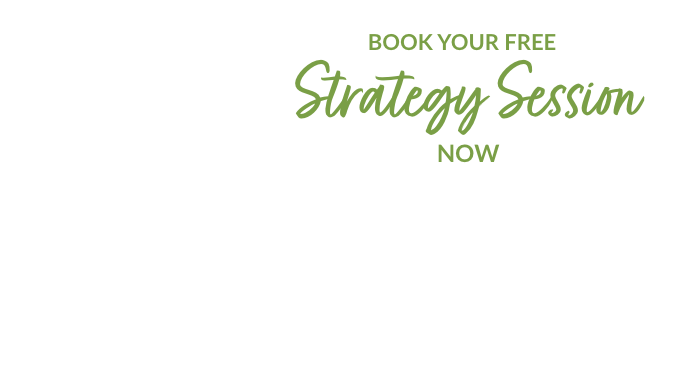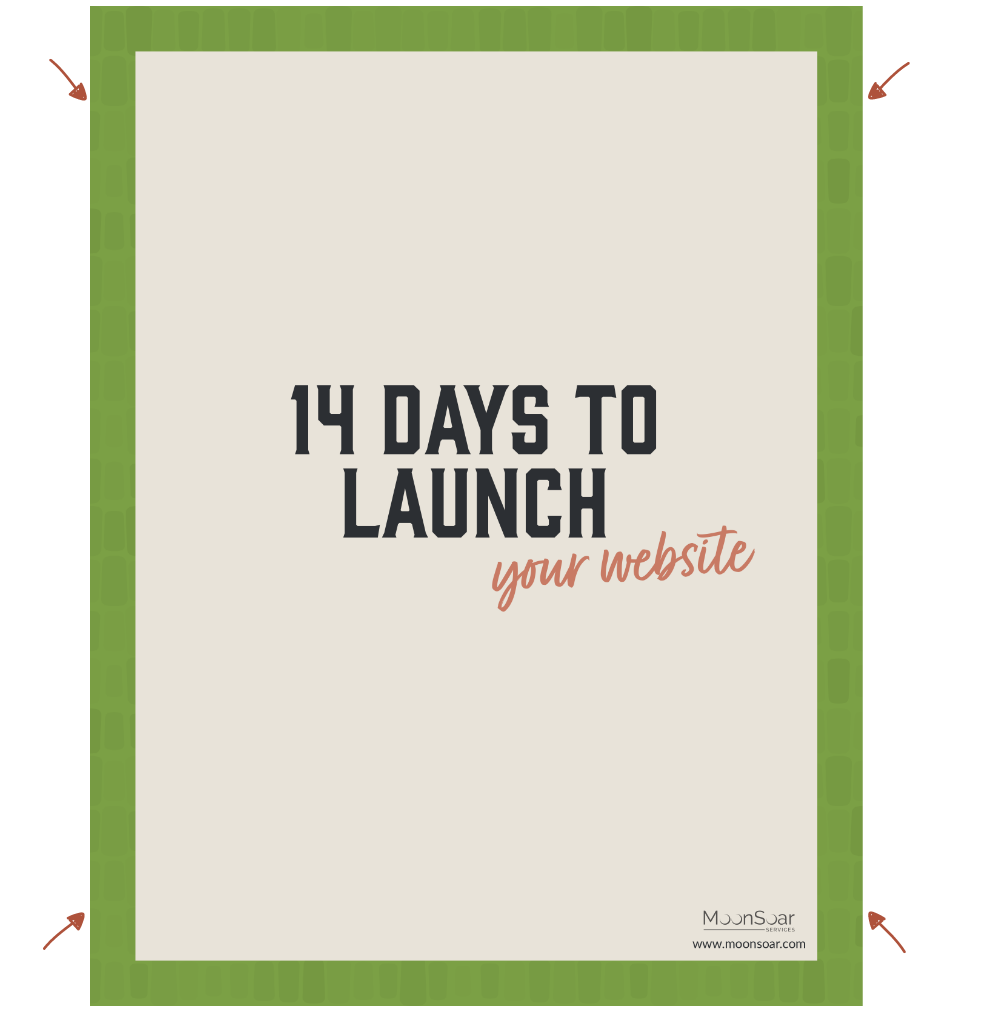We’ve all heard the facts that if your website doesn’t load almost immediately that your audience will leave your website. Long load times result in a higher bounce rate and can often lead to lower conversion rates. But do you know why your website may be running slowly, or what to do about it?
You could be using a lot of plugins.
Whether we’re talking about WordPress plugins, jQuery plugins, or additional third party tools, when you add a lot of additional resources, you will invariably end up slowing your website down. Every time you have an additional plugin, you will have at least one additional call to a server (either yours or a content delivery network where the plugin is hosted), and every additional call to a server slows your site load down very slightly.
I recommend going through all of your plugins on a regular basis to see if there are any that you no longer need. Remove any of these so your website only loads what is necessary.
If you are using plugins or third party tools, one way you can make your site appear to load faster is to add all of your scripts right before the closing body tag – all content, imagery and styles will have the opportunity to load before the scripts, so the user will feel like your site is ready faster.
Your images may need to be resized and optimized.
Often you will find that pages with a gallery of photos loads quite slowly. This is primarily because someone will take a 4000px by 4000px file and display the photo at something more like 200px by 200px, resizing it in the actual HTML file. There are very few cases where I would recommend using an image that is larger than is displayed on your website.
For the most part, I would recommend that you crop and resize an image in an external photo editing program (such as Photoshop or Gimp) to the size that it will actually be displayed on your website. From there, you can use an optimizing tool (such as TinyPNG, an online tool that compresses image files), or (if you are working in WordPress) you can install a plugin called WP Smush to compress files when you upload them.
Your database may need to be optimized.
When you have a content management system, a database is used to store all of your content. Any time you update your content, it rewrites content in the database. Similar to how you should be defragment your PC on a consistent basis to keep your computer running quickly and smoothly, you should be optimizing the database of your website on a regular basis to remove any unnecessary data that may have been written to your database. If you are using WordPress for your content management system, I highly recommend the WP-Optimize plugin.
Your content management system may not be cached on your server.
If you don’t utilize caching, when a user comes to your website, every single element needs to be dynamically loaded every time each page is loaded. As every call to a server can slow down a page a little bit, reducing the number of calls to the server, and reducing the amount of calls to your database, can greatly increase how quickly your website loads. Plugins like W3 Total Cache creates static pages for each page, which makes the overall speed of your site faster.




